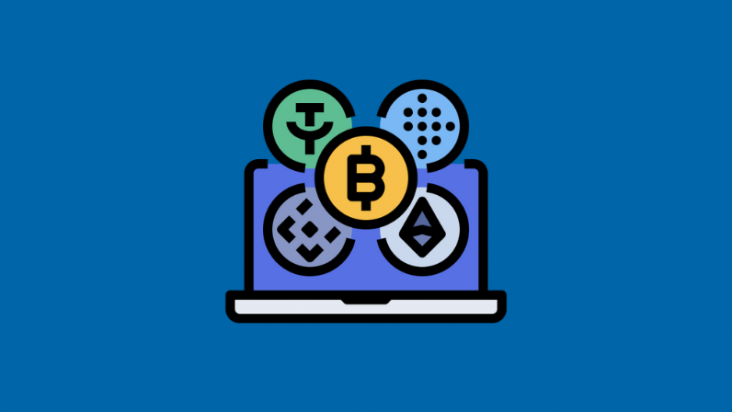
In the fast-evolving world of video gaming, live streaming platforms have emerged as vital spaces for gamers to connect, share, and engage with content. As we move through 2024, these platforms are not only a source of entertainment but also a major hub for community building and professional growth within the gaming industry. From casual streamers to professional eSports athletes, gamers of all levels rely on these services to broadcast their gameplay to audiences around the globe.
| Name | Creator | Headquarters | Area Served | Date of Launch | Platforms |
|---|---|---|---|---|---|
 | Justin Kan and Emmett Shear | San Francisco, California, USA | Worldwide | June 2011 | PC, iOS, Android, PlayStation, Xbox |
 | Steve Chen, Chad Hurley, and Jawed Karim | San Bruno, California, USA | Worldwide | February 14, 2005. | PC, iOS, Android |
 | Facebook, Inc. | Menlo Park, California, USA | Worldwide | June 2018 | PC, iOS, Android |
 | TLive (Tencent Games) | Shenzhen, China | Worldwide | March 2020 | PC, iOS, Android |
 | ByteDance | Beijing, China | Worldwide | August 2, 2018. | iOS, Android |
 | Charles Wayn and Cole Chen | California, USA | Worldwide | 2017 | PC, iOS, Android |
 | Ben Keighran and Sam Roberts | Redwood City, California, USA | Worldwide | January 2018 | PC, iOS, Android |
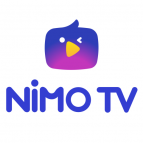 | HUYA Inc. | China | Worldwide | November 2014 | PC, iOS, Android |
 | Valve Corporation | Bellevue, Washington, USA | Worldwide | December 2014 | PC |
 | Gabriel Kang | - | Worldwide | 2020 | PC |
This article ranks the most popular video game live streaming platforms of 2024, evaluating them based on their user base, streaming quality, unique features, and overall community engagement. Whether you’re a seasoned streamer looking for the best place to connect with your audience or a gaming enthusiast curious about where to watch your favorite players, this guide will help you navigate the dynamic landscape of video game streaming. Join us as we explore which platforms are leading this year and why they stand out.
Top-10 Video Game Live Streaming Platforms
1. Twitch
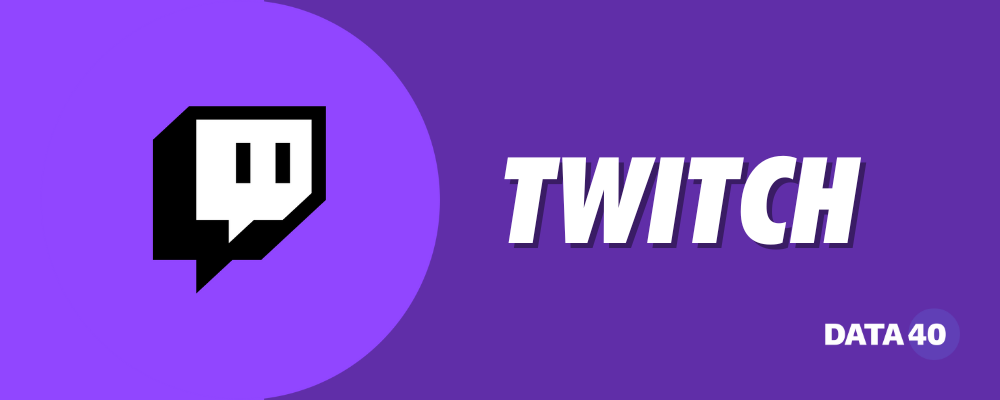
Twitch is the premier destination for video game live streaming, commanding a vast and diverse audience from around the globe. Launched in 2011, Twitch has grown exponentially and has cemented its position as the leading platform in the gaming community. It offers an unparalleled live streaming experience, where viewers can watch their favorite gamers play in real-time, engage in chats, and participate in a community that spans countless gaming genres.
The platform is particularly renowned for its role in popularizing eSports, hosting tournaments and events that attract millions of viewers. Twitch also supports a wide range of content creators, from professional gamers and entertainers to artists and musicians, making it a vibrant hub for creative expression.
Twitch’s features include custom emotes, chat functionalities, a partner program, and various monetization options like subscriptions, bits, and advertising. These tools help streamers build a livelihood on the platform while providing viewers with a rich and interactive viewing experience. The interface is user-friendly, allowing for easy navigation between different streams and categories.
2. YouTube

YouTube, initially launched as a video-sharing platform in 2005, has expanded its capabilities significantly to include live streaming, becoming a major player in the video game streaming landscape. Known for its vast content repository, YouTube provides a seamless integration of live streaming with traditional video content, making it a versatile platform for gamers and content creators.
YouTube Gaming, a dedicated subsection of YouTube, specifically caters to the gaming community. It hosts live streams, game reviews, tutorials, and more, offering features that enhance the viewing and streaming experience. The platform’s algorithm excels in content discovery, helping viewers find new and interesting streams and enabling creators to reach a broader audience.
The strength of YouTube lies in its global reach and technological infrastructure. It offers superior video quality and reliable streaming capabilities, which are essential for maintaining viewer engagement. Additionally, YouTube allows streamers to monetize their content through advertisements, memberships, super chats, and super stickers, providing various revenue streams.
YouTube’s integration with Google services also offers additional advantages, such as streamlined analytics and advanced broadcasting tools. As a competitor in the live streaming arena, YouTube continues to invest in new technologies and features to attract and retain gamers and viewers, solidifying its position as a top destination for video game streaming.
3. Facebook Gaming

Facebook Gaming is a dynamic platform that merges the world of gaming with social media, providing a unique space for gamers to stream, watch, and interact. Launched by Facebook in 2018, this platform taps into the extensive social network of Facebook, allowing streamers to leverage their existing connections and build large communities around their gaming content.
Facebook Gaming offers a direct, integrated experience within the broader Facebook ecosystem, making it highly accessible for users who are already familiar with Facebook’s interface. Streamers can easily share their content across their profiles, pages, and groups, enhancing visibility and audience engagement. This integration also facilitates ease of use in terms of setting up streams and interacting with viewers through familiar Facebook tools like comments, reactions, and shares.
The platform supports a variety of content, from casual gaming to professional esports, and includes features designed to enhance both the viewer and streamer experience. This includes native support for mobile streaming, making it a popular choice for mobile gamers. Monetization on Facebook Gaming is robust, with options such as stars (a virtual good that fans can buy to support their favorite streamers), subscriptions, and advertising revenue.
Facebook Gaming also places a strong emphasis on building community. It offers ‘gaming groups’ where players can create and join communities around specific games or interests, fostering a sense of belonging and ongoing engagement. As it continues to grow, Facebook Gaming is constantly evolving, introducing new features and tools to enhance its offerings and compete in the fast-paced world of live streaming.
4. Trovo
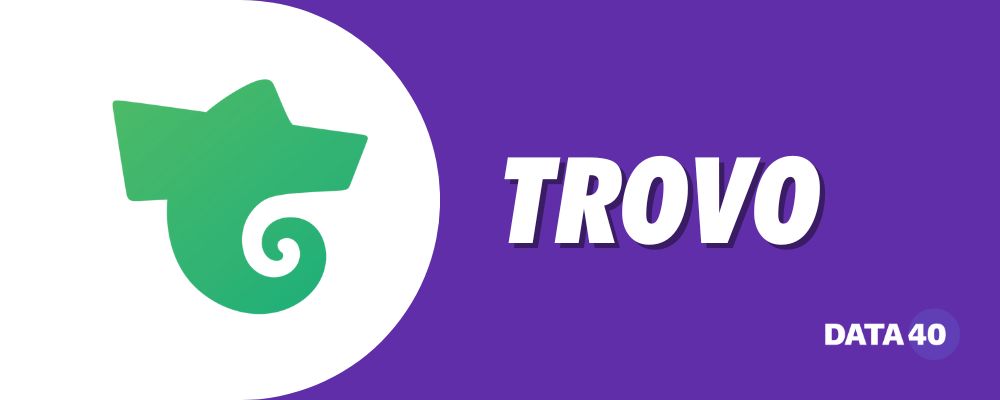
Trovo is an emerging live streaming platform that entered the gaming scene in 2020, developed by Tencent, one of the largest technology companies in China. Although newer to the market compared to giants like Twitch and YouTube, Trovo has quickly gained traction among gamers for its user-friendly interface and robust feature set tailored towards live broadcasting of video games.
Trovo’s design and functionality bear similarities to Twitch, aiming to attract a global audience with a particular emphasis on mobile gamers. It supports streaming a wide range of content including eSports, casual gameplay, and creative content. The platform offers standard live streaming features such as chat, notifications, and customizations that are essential for interactive viewer engagement.
One of the key selling points of Trovo is its focus on building a community for streamers and viewers. It encourages interaction through various engagement tools and has a monetization system that includes subscriptions, donations, and a unique rewards system. Trovo also runs regular creator programs and promotional events aimed at providing growth opportunities and financial incentives to its streamers.
Additionally, Trovo utilizes a robust algorithm that helps in content discovery, making it easier for new streamers to get noticed and for viewers to find content that matches their interests. Despite being relatively new, Trovo is making significant strides in the competitive live streaming space by continuously enhancing its platform and catering to the needs of a diverse gaming audience.
5. TikTok

TikTok, primarily known for its short-form video content, has increasingly become a platform where users also engage with live streaming, particularly in the realms of entertainment, lifestyle, and gaming. Launched internationally in 2017, TikTok has captured a massive audience with its highly engaging and algorithm-driven content discovery system, making it one of the fastest-growing social media platforms in the world.
In the context of gaming, TikTok allows creators to stream their gameplay live to viewers, integrating the interactive elements typical of live streaming platforms such as live chats and virtual gifts. Gamers use TikTok Live to broadcast their gaming sessions, tutorials, and gaming-related challenges, which helps them build a following and interact directly with their audience.
The platform’s strength lies in its ability to reach a young, dynamic audience that thrives on interactive and easily digestible content. TikTok’s live streams are more informal and spontaneous compared to those on traditional gaming platforms like Twitch or YouTube Gaming, offering a fresh, approachable angle to gaming content.
TikTok also provides monetization options for streamers, including virtual gifts and coins that viewers can purchase and send during live streams. This not only encourages viewer interaction but also enables streamers to generate revenue directly from their audience’s support.
Overall, while TikTok may not offer the full-scale streaming features of dedicated gaming platforms, its robust social media tools, vast user base, and unique content format make it an increasingly popular choice for gamers looking to reach a broader, more varied audience.
6. DLive
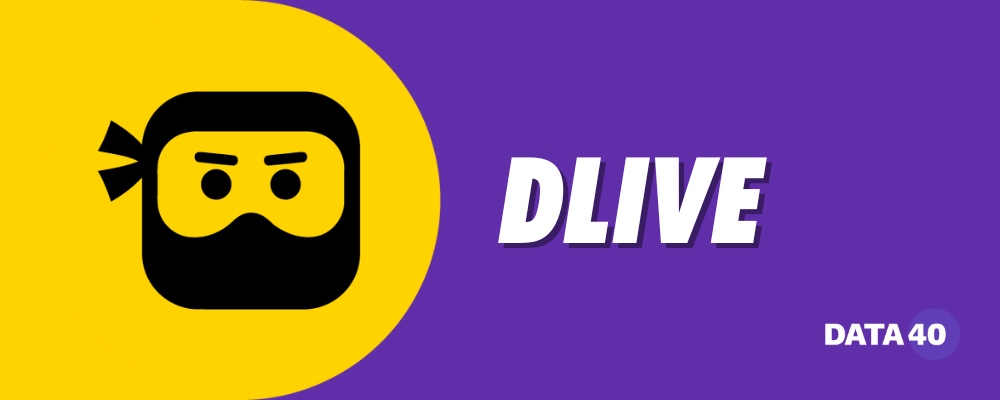
DLive is a unique entry in the video game live streaming space, distinguishing itself through its use of blockchain technology. Launched in 2017, DLive emphasizes a decentralized approach to streaming, aiming to benefit both creators and viewers by offering a platform that is less reliant on traditional advertising models and more focused on direct viewer support.
DLive operates on the Lino blockchain network, where the platform’s currency, Lino points, is used for all transactions within the ecosystem. This setup allows for a more direct and equitable economic relationship between streamers and their audiences. Streamers on DLive earn from their content without a significant cut taken by the platform, and viewers can earn rewards simply by engaging with the content, such as watching streams and participating in chats.
The platform supports a wide range of content beyond gaming, including talk shows, music, and lifestyle streams. However, it is particularly popular among gamers due to its gamer-friendly monetization options and community-centric approach. Features like real-time interaction, subscriptions, donations, and a partnership program are all integral to the DLive experience.
DLive also places a strong emphasis on community values and aims to foster a supportive environment where content creators can thrive free from the pressures often associated with other platforms’ performance metrics. This philosophy has helped DLive cultivate a loyal user base that values the platform’s commitment to fairness and community support.
7. Caffeine

Caffeine is a live streaming platform that distinguishes itself with a focus on simplicity and real-time interaction, making it particularly appealing for broadcasters looking for a more immediate and personal connection with their audience. Founded in 2018 by ex-Apple designers, Caffeine emphasizes a clutter-free, easy-to-navigate interface, which sets it apart from more complex platforms like Twitch or YouTube.
Caffeine’s platform is geared towards live broadcasting of various forms of entertainment, including gaming, sports, and live shows. The platform does not use traditional ads or pre-roll videos, aiming instead to create a smoother, more engaging viewer experience. This approach helps maintain the immediacy of live interactions without the disruptive breaks often seen on other platforms.
A key feature of Caffeine is its low-latency streaming technology, which significantly reduces the delay between the broadcaster and the audience, facilitating real-time conversations and interactions. This is particularly advantageous for live events and interactive content where audience engagement plays a critical role.
In terms of content discovery, Caffeine offers a unique setup where viewers can see what their friends are watching in real-time, encouraging community interactions and shared viewing experiences. The platform also includes monetization options such as partnerships and sponsorships, although these are typically less emphasized compared to other platforms.
Despite being newer and smaller in scale compared to industry giants, Caffeine has carved out a niche for itself with its user-friendly design and focus on enhancing real-time social interactions, making it a compelling choice for streamers looking to foster a closely-knit community.
8. Nimo TV

Nimo TV is a live streaming platform that focuses primarily on video game content, including eSports, mobile games, and individual gaming streams. Launched in 2018 and operated by Huya, one of China’s leading live streaming services, Nimo TV has expanded its reach significantly, particularly in Southeast Asia and Latin America, leveraging the burgeoning gaming communities in these regions.
Nimo TV’s platform is designed to cater specifically to gamers, offering high-quality streaming capabilities that support both PC and mobile gaming. This inclusivity is particularly appealing in markets where mobile gaming dominates, such as in Southeast Asia. The platform facilitates real-time interaction between streamers and viewers through features like live chat, enabling a vibrant and interactive viewing experience.
One of the standout features of Nimo TV is its strong emphasis on community building. The platform encourages engagement through the use of interactive tools, rewards, and contests that enhance viewer participation and loyalty. Streamers on Nimo TV can benefit from the platform’s partnership programs, which provide opportunities for monetization through ads, subscriptions, and viewer donations.
Moreover, Nimo TV actively promotes gaming tournaments and collaborations, providing a space for both amateur and professional gamers to showcase their skills. This has helped the platform attract a diverse array of talent and content, further enriching the viewing experience for its audience.
9. Steam Broadcasting
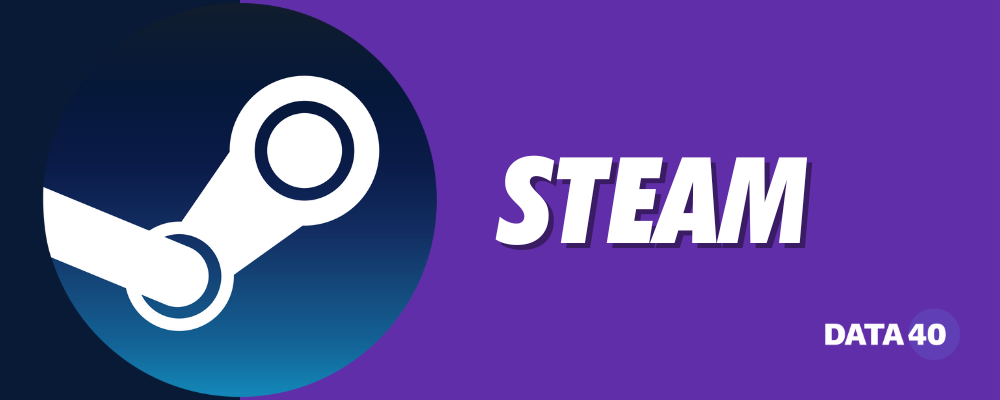
Steam Broadcasting is a feature integrated within Steam, the popular digital distribution platform managed by Valve Corporation. This feature allows users to stream their gameplay directly to an audience within the Steam community, without the need for any external streaming software or services. Launched in 2014, Steam Broadcasting was designed to simplify the process of sharing gaming experiences with friends or the public.
To start a broadcast on Steam, a user simply begins playing a game and then selects the option to “Broadcast” either to their friends or to anyone who wishes to watch. Viewers can then watch these streams directly through the Steam client or via a web browser, making it accessible to people who prefer different viewing methods.
Users have control over their broadcasting settings, including privacy options that allow them to choose who can watch their streams. They can set their broadcasts to be viewable by the public, just their Steam friends, or by invitation only. Additionally, broadcasters can manage other settings such as video quality and chat permissions, tailoring the streaming experience to their preferences and internet capabilities.
One of the key advantages of Steam Broadcasting is its seamless integration with the Steam community features. Viewers can easily access streams from their friends list or join broadcasts from community hubs associated with each game. This integration promotes community engagement and makes it easy for gamers to share tips, gameplay, and experiences.
While Steam Broadcasting might not offer as many features as specialized streaming platforms like Twitch or YouTube Gaming, it serves as an excellent tool for casual streamers or those looking to quickly and effortlessly share their gameplay with a smaller, more personal audience. It’s particularly popular among users who want to showcase games purchased on Steam, provide live demonstrations, or just hang out with friends while playing.
10. Owncast
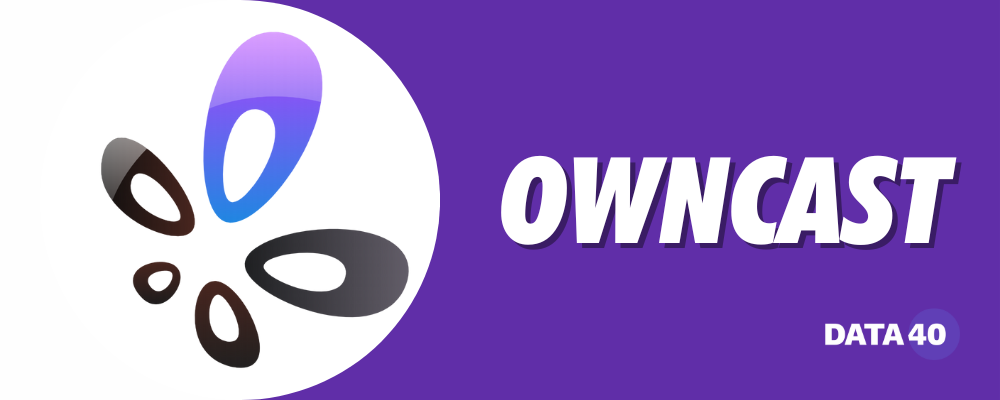
Owncast is an open-source live streaming server that provides a robust alternative for users looking to host and manage their live streams away from mainstream platforms like Twitch and YouTube. It enables streamers to control their content and distribution, offering extensive customization options to tailor their streaming experience to fit personal or brand-specific aesthetics.
Users install Owncast on their servers, which grants them autonomy from the constraints and monetization policies typically found on larger platforms. This setup not only offers greater privacy but also allows streamers to implement their desired level of interaction with viewers, including integrated chat features for real-time engagement.
Despite its lightweight design, which ensures efficient performance even on modest hardware, the scalability of Owncast can vary based on the user’s server capacity. This makes it particularly suitable for tech-savvy individuals, privacy-focused organizations, niche broadcasters, or community groups who seek a personalized and controlled streaming environment.
Being open-source, Owncast benefits from community contributions where developers continuously enhance its features, address issues, and provide updates, ensuring the platform remains adaptable and secure for all users.
Navigating the Dynamic World of Video Game Live Streaming in 2024
In conclusion, the video game live streaming landscape in 2024 offers a diverse array of platforms catering to various gamer needs and preferences. Leaders like Twitch and YouTube Gaming continue to dominate, while newer platforms like Trovo and niche services like DLive and Caffeine provide unique alternatives. Each platform stands out with distinct features, from community engagement to seamless social media integration, appealing to different audiences. As streamers and viewers navigate this evolving space, their choices will depend on specific content goals, target audiences, and monetization needs. With ongoing technological advancements, the future of live streaming is poised for continuous innovation, making it an exciting arena for both creators and consumers of gaming content.






